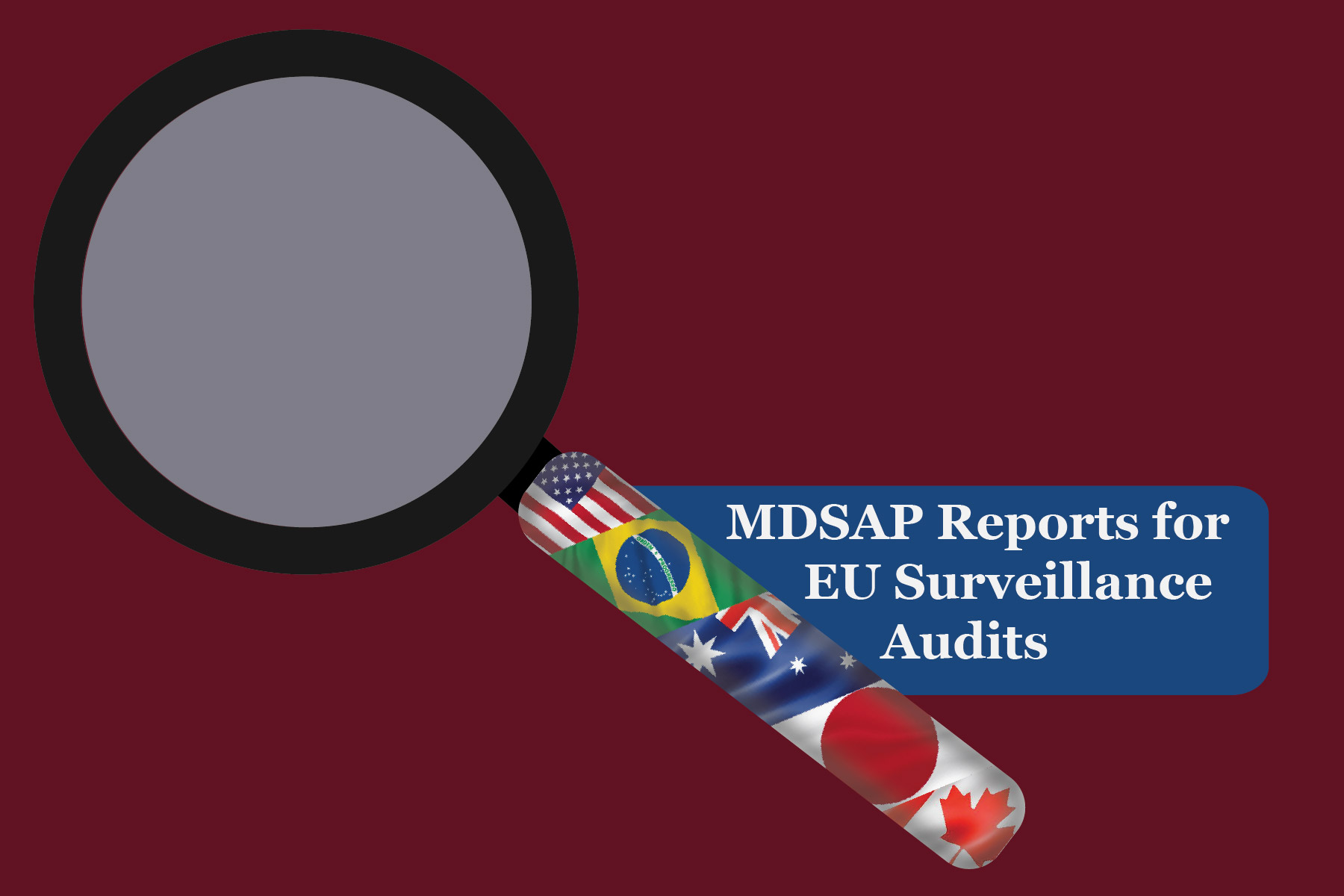The Medical Device Single Audit Program covers the compliance requirements of the USA, Brazil, Japan, Canada, and Australia. Although this program does not cover the requirements of the EU, which is the EU MDR and IVDR, a guidance document released by the MDCG (Medical Device Coordination Group) explains the use of MDSAP audit reports by the notified bodies when performing surveillance audits under the EU MDR and IVDR.1
How can MDSAP Audit reports be used to establish conformance to EU MDR/IVDR?
The guidance document explicitly mentions that the EU MDR and IVDR remain applicable in their entirety and MDSAP reports can only be considered where the MDSAP audit covers similar or equivalent MDR/IVDR requirements. For example, requirements of the MDR such as the Clinical Evaluation Plan and the required procedures to keep up to date with the clinical evaluation plan are not covered under the MDSAP audit and therefore must be audited by the notified body to assess conformance of the organization to this requirement.1
The results of an organization’s MDSAP audit may be used to formulate the audit plan of the surveillance audit. This may focus on the specific aspects of the EU MDR/IVDR such as CERs, authorized representative requirements, etc if the MDSAP audit results are found to be satisfactory by the auditor.1 However, the notified body auditors have the right to exercise their judgment and make conclusions about the conformity of the QMS.
It is important to note that the MDSAP audit report will not be considered under the following circumstances:1
- Initial QMS audits – which are required for EU QMS certificates and will always be conducted in their entirety
- MDR/IVDR unannounced audits
An unannounced MDSAP audit report or a special audit report cannot be considered under this program.1
The notified body is fully responsible for deciding on whether the MDSAP audit report can be considered in the MDR/IVDR surveillance audit.1 Are you transitioning to the new EU regulations? Or trying to get your MDSAP certificate? EMMA International has the right expertise to help you. Call us today at +1 248-987-4497 or email us at info@emmainternational.com
1MDCG (Aug 2020) Guidance for notified bodies on the use of MDSAP audit reports in the context of surveillance audits carried out under the Medical Devices Regulation (MDR)/In Vitro Diagnostic medical devices Regulation (IVDR) retrieved on 01/03/2021 from https://ec.europa.eu/health/sites/health/files/md_sector/docs/md_2020-14-guidance-mdsap_en.pdf






